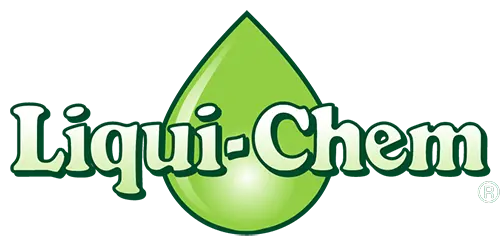Thatch is a layer of under-composed stems, roots, leaves, and debris that accumulate between the above-ground stems (stolons) and the soil. This layer can compress and is called a mat as this layer thickens the grass roots may root into the mat rather than in the ground. Lawns rooted in this manner may have dead spots during extremely dry or cold periods.
There are two ways to get rid of Thatch. First is to not allow it to develop and second to remove it. Following proper mowing procedures will help keep it from occurring. This is discussed further in the mowing section. To remove Thatch we recommend that you do this only when the lawn is brown in the Winter. First: Lower mower one notch lower and bag clippings. This will remove brown leaf blades and undecomposed plant debris. You have to bag it because if you don’t it just goes right back to form more Thatch and mat. Second: Rake hard with a regular leaf rake and remove litter. Some mowers have “Tine Rake” attachments which flick out Thatch which is then bagged by the mower. Third: Core Aerate the lawn. This process removes cores of soil and deposits them on top of the ground. By allowing more air movement remaining Thatch is decomposed aerobically. Core Aeration also improves drainage, increases root depth, and relieves soil compaction. Core Aeration helps to modify Thatch by adding soil to the Thatch layer. This allows soil bacteria to aid in the breakdown of the Thatch layer. We offer this service in the Late Fall.
Never power dethatch your lawn with hook blade attachments or power dethatchers such as vertical mowers. These can only be used on rhizome-forming turf grasses such as Bermuda-grass, and Zoysiagrass. It can also be used on clump-type seeded grasses like K-31 Fescue. Centipede grass and St.Augustine grass do not form Rhizomes (below-ground stems) and form only Stolons (above-ground stems). Using power dethatchers set too low can remove not only the Thatch but also the lawn itself.


